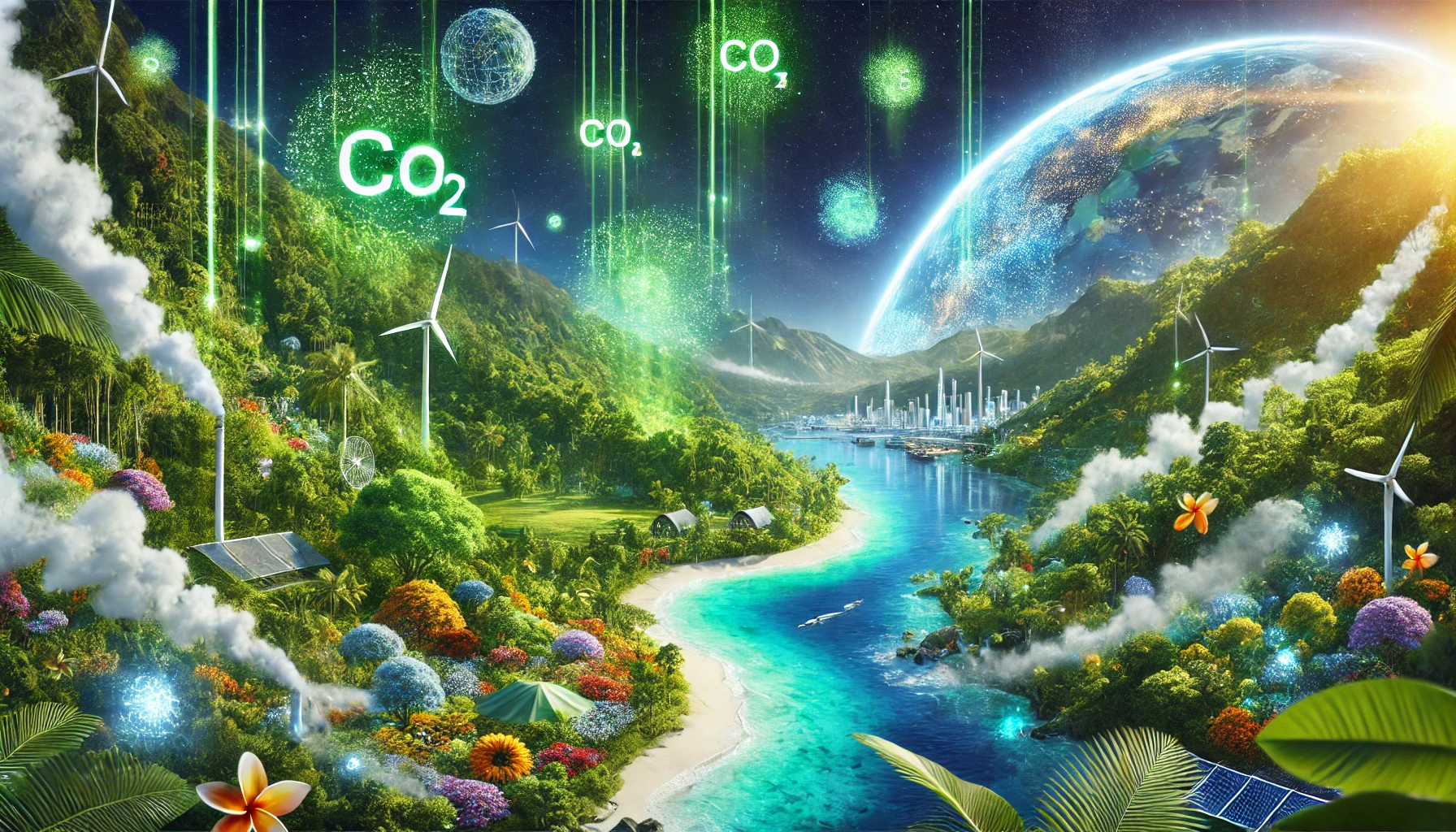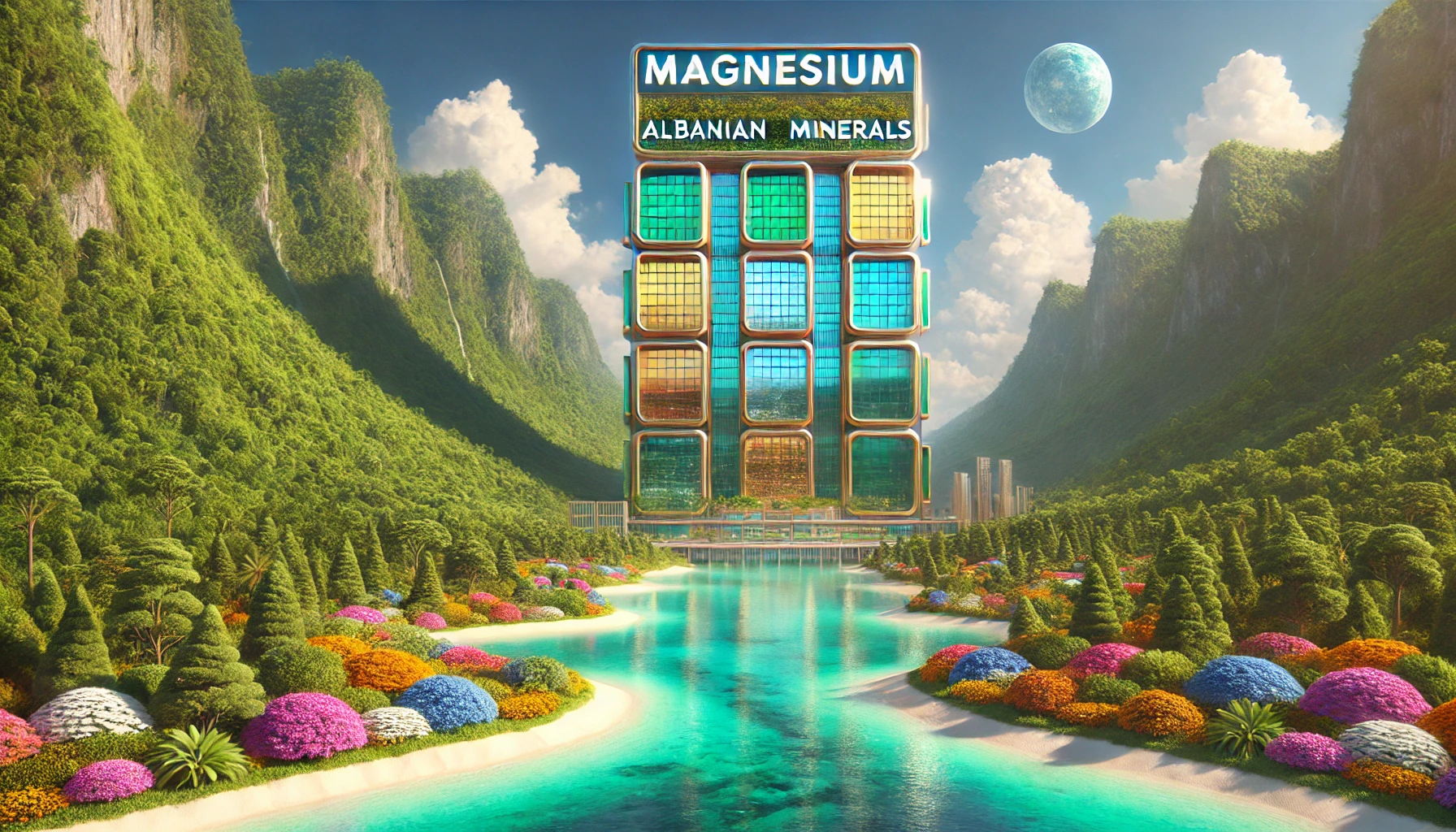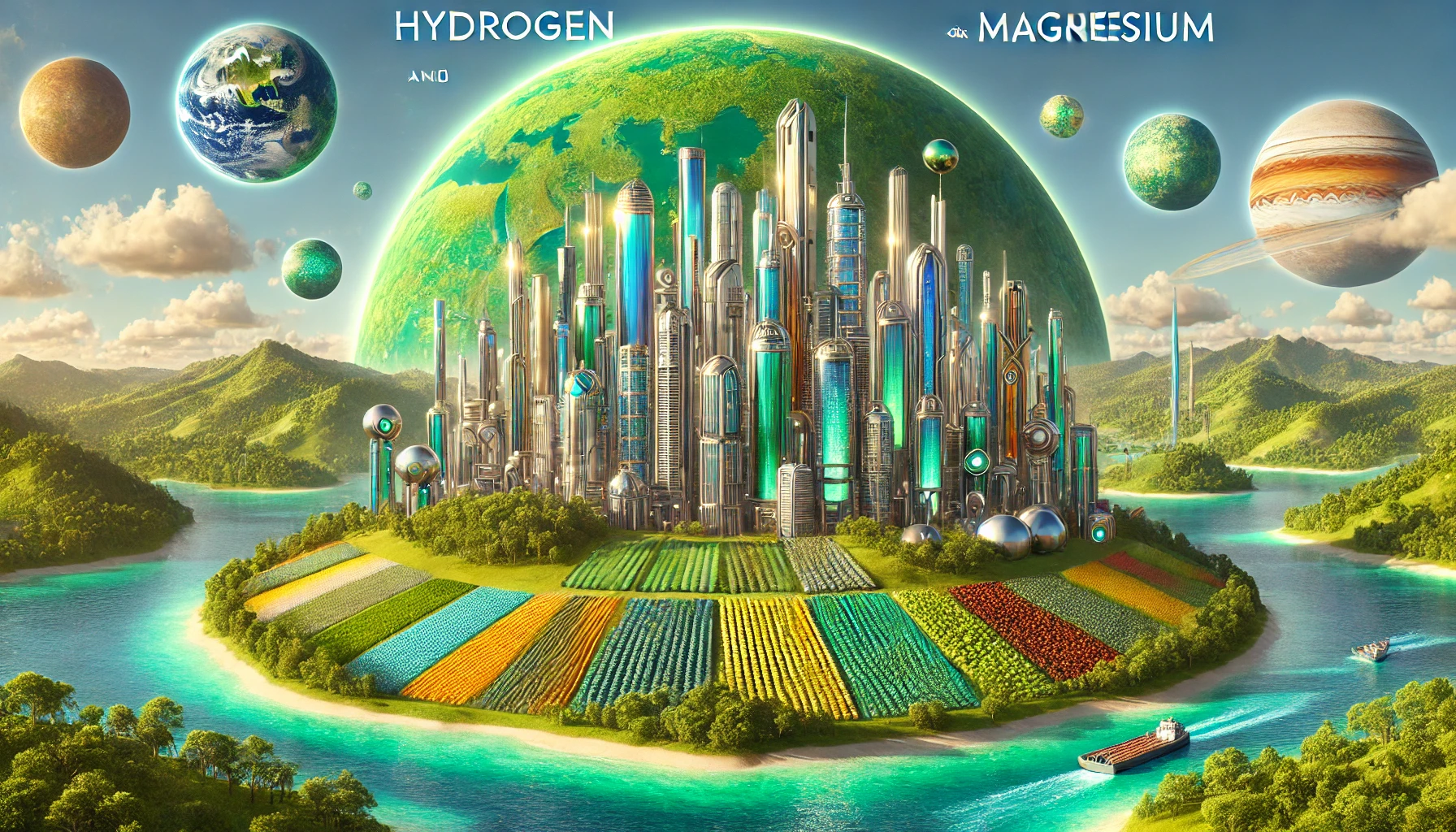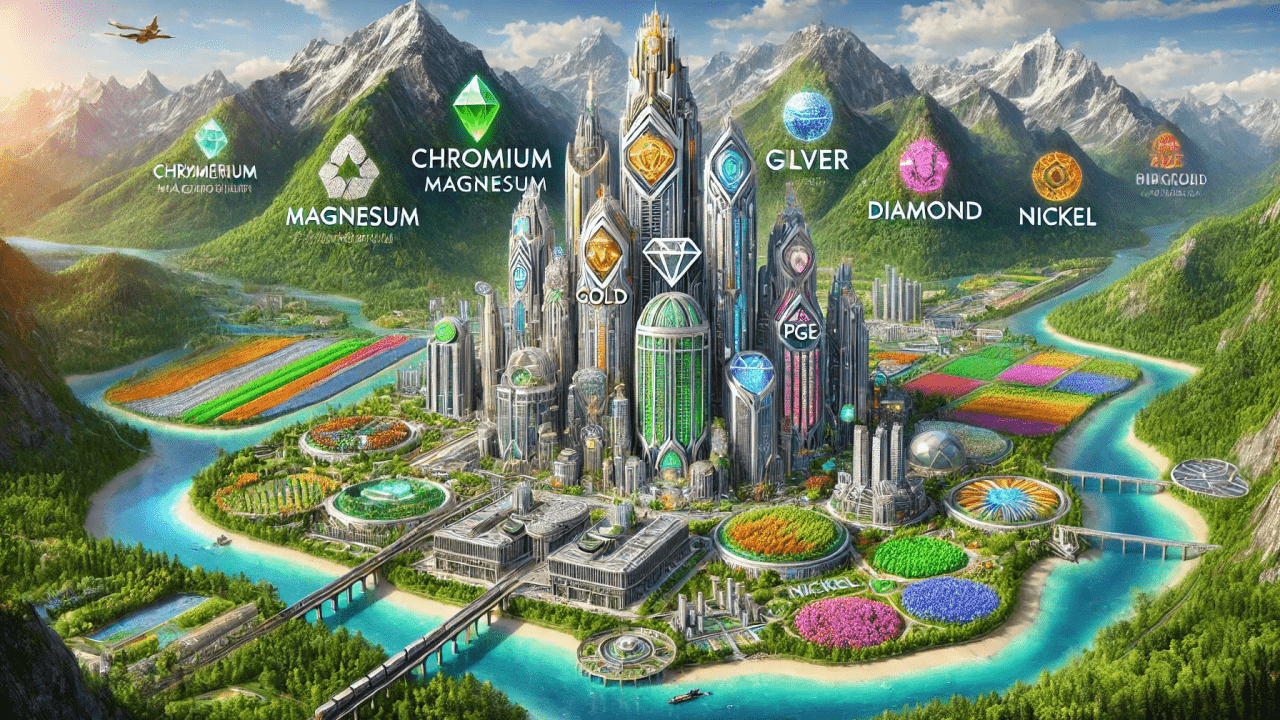
According to the UN Environment Programme (UNEP) the loss of biodiversity is already significantly affecting regional and global changes in climate.
While natural ecosystems play an important role in regulating climate and can help to sequester and store carbon, the loss of forests, the draining of wetlands and other environmental degradation has contributed significantly to climate change.
According to the agency, efforts to reduce deforestation and forest degradation and restore ecosystems, for example, could contribute to lowering annual greenhouse gas emissions.
“If we invest in nature and natures infrastructure, forests, coral reefs, mangroves, coastal forests, well, it protects us from high storms. It provides habitat for species, but it also stores carbon. So, it has both a mitigation and an adaptation dimension,” Inger Andersen, UNEP Executive Director
In the ocean, biologists are witnessing another tragedy as coral reefs, which provide food and shelter for over 7,000 other species, are dying because of the warming and acidification of the ocean.
UNEP Goodwill Ambassador, Ellie Goulding launched a new initiative at COP27 aimed to protect these colonial animals.
Last week, she led an expedition in the Red Sea, off the coast of Sharm el-Sheikh.
“There’s this sheer visual beauty. When you pass through with your mask and witness this brilliant cornucopia of marine life, you feel as if all life is swimming in front of your eyes. And it reminded me that coral covers just a tiny percentage of the sea floor, but it supports a quarter of all known marine species,” she told a panel on Wednesday.
Ms. Goulding reminded participants that even at 1.5C degrees of warming, 70 to 90 pe cent of all reefs will be lost; this number jumps to a worrying 99 per cent if our planet warms by 2.0 degrees C.
“This is one of the most climate tolerant reefs in the world, and it just happens to be right here at your feet in Sharm el-Sheikh. And this is no ordinary reef. It’s one of nature’s great survivors and it could be the key to regenerating other reefs in the future,” she explained.
The singer-songwriter said it was “insulting” that less than 0.01 per cent of climate finance is devoted to protecting coral reefs.
“I ask the global community of leaders to acknowledge that coral reefs are one of our greatest collective assets and to get seriously, seriously ambitious and competitive about funding, restoration and protection,” she said.
According to Vesta; Tthe Coastal Carbon Capture, known in academic research as Coastal Enhanced Weathering, can be categorized as a negative emission technology (NET) that removes and stores CO2 on long timescales (tens to hundreds of thousands of years) (Minx et al. 2018). The process aims to accelerate the natural chemical weathering of the mineral olivine by spreading large amounts of ground olivine-containing rock onto coastlines where it can dissolve in seawater, thereby increasing the rate of CO2 absorption by the ocean (Bach et al. 2019).
When olivine dissolves in water, it drives the below reaction to the right, thus increasing CO2 uptake, increasing pH, and generating alkalinity. As a result, this process has the potential co-benefit of counteracting ocean acidification. Ocean acidification is the process by which increasing atmospheric CO2 dissolves in seawater, which reduces pH (increasing acidity) (upper reaction in diagram below). This reduces the ability of calcifying organisms like corals to grow and produce exoskeletons, or shells.
As you can see below, dissolving olivine in water sequesters hydrogen ions into dissolved silicate (H4SiO4), a molecule that can be used by diatoms, an important photosynthesizing algae that fixes carbon dioxide and forms the base of food web.
This reaction is the foundation of the Long-Term Inorganic Carbon Cycle, which has been occurring for billions of years, stabilizing Earth’s atmospheric CO2 concentrations, and in turn enabling life to thrive. In fact, carbon dioxide removal (CDR) through natural rock weathering consumes ~1 gigaton of CO2 every year (Ciais et al. 2013). Indeed, there are naturally-occurring olivine beaches with diverse ecosystems like Papakōlea Beach in Hawaiʻi, where we are researching the local ecology, ecotoxicology, olivine weathering rates, and secondary mineral formation





























